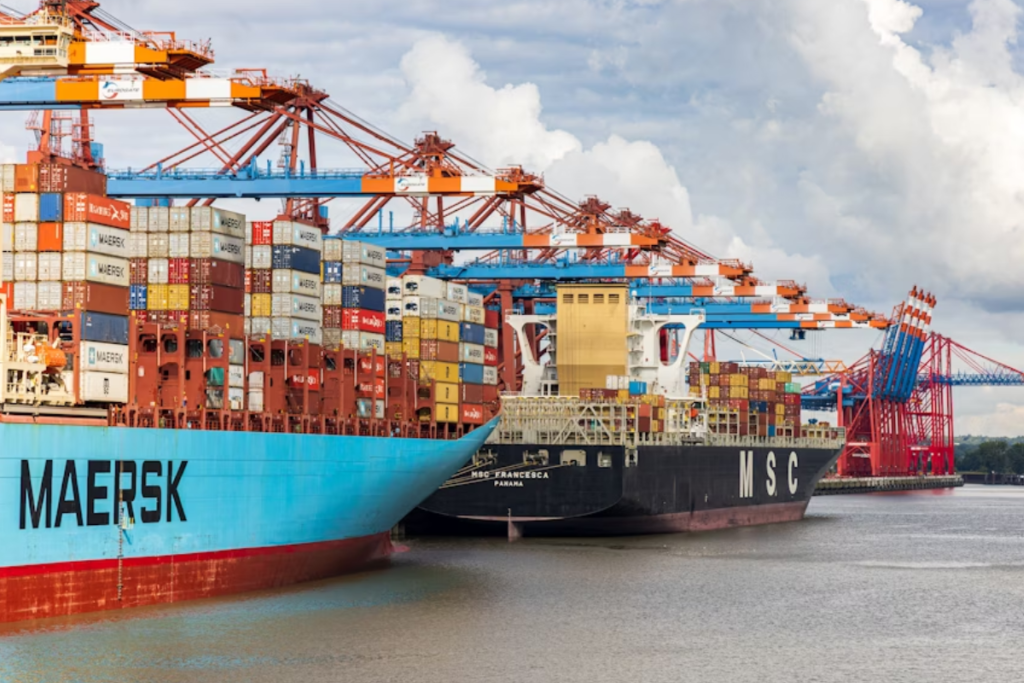U.S. import volumes are getting a temporary lift as retailers rush to frontload goods ahead of potential tariff reinstatements in August. But with trade policy still in flux and peak season uncertainty mounting, the rebound may be short-lived.
Tariff Pause Triggers Inventory Rush
After a sharp dip in late spring, U.S. containerized import volumes are expected to rise 2.1% year over year in July to 2.36 million twenty-foot equivalent units (TEUs), according to the National Retail Federation’s Global Port Tracker released July 9. The forecasted rebound comes in the wake of President Trump’s decision to delay implementation of country-specific reciprocal tariffs until August 1.
The tariff pause has triggered a wave of preemptive shipping. The Port of Los Angeles, for example, expects to handle 950,000 TEUs in July, Executive Director Gene Seroka said, marking a peak season pull-forward. Retailers are expediting shipments to avoid being caught by surprise when tariffs potentially take effect next month, echoing behavior seen during past trade flare-ups.
But the relief may be short-lived. The NRF warns that if tariffs resume in August, import volumes are likely to drop sharply again. August is currently projected at 2.08 million TEUs, down 10.4% year over year, with September and October forecasted to fall nearly 20% year over year. The timing puts significant pressure on peak-season planning and holiday inventory positioning.
Retailers Deploy Mixed Mitigation Strategies
While large retailers are drawing on multiple levers to manage tariff exposure, small and midsized businesses face fewer options. “There’s no capacity to absorb tariffs,” said NRF’s Jonathan Gold, emphasizing the pressure on firms without flexible supply chains or diversified sourcing bases.
Big brands are adapting fast. Nike, facing a potential $1 billion tariff hit, is diversifying its production footprint beyond China and leaning on stronger retail partnerships. Academy Sports and Outdoors is both frontloading inventory and reworking its sourcing geography. Still, the NRF’s revised H1 forecast, now 12.63 million TEUs, up from 12.54 million, remains below the 12.78 million projection issued earlier this year, before tariffs were announced.
May volumes sank to 1.95 million TEUs, down 11.6% from April and 6.4% year over year, reflecting how quickly trade volumes can swing in response to policy shifts. June data has yet to be released but is unlikely to offset the broader trend of volatility triggered by tariff threats.
Why Trade Volatility Now Defines Peak Season
What’s emerging is a peak season defined less by consumer demand than by geopolitical guesswork. Retailers aren’t just forecasting sales, they’re forecasting policy. For those with agile supply chains and deep visibility into sourcing, there’s still room to maneuver. But for the broader ecosystem, the cost of reactionary logistics is rising, and the true strain may surface not in July’s rebound, but in Q4’s fulfillment realities.



